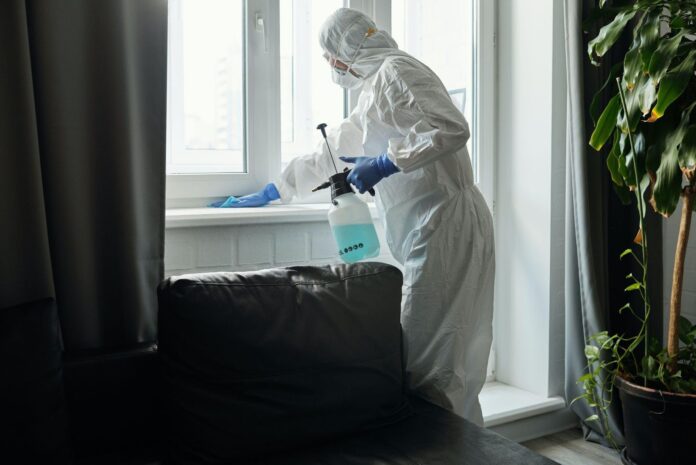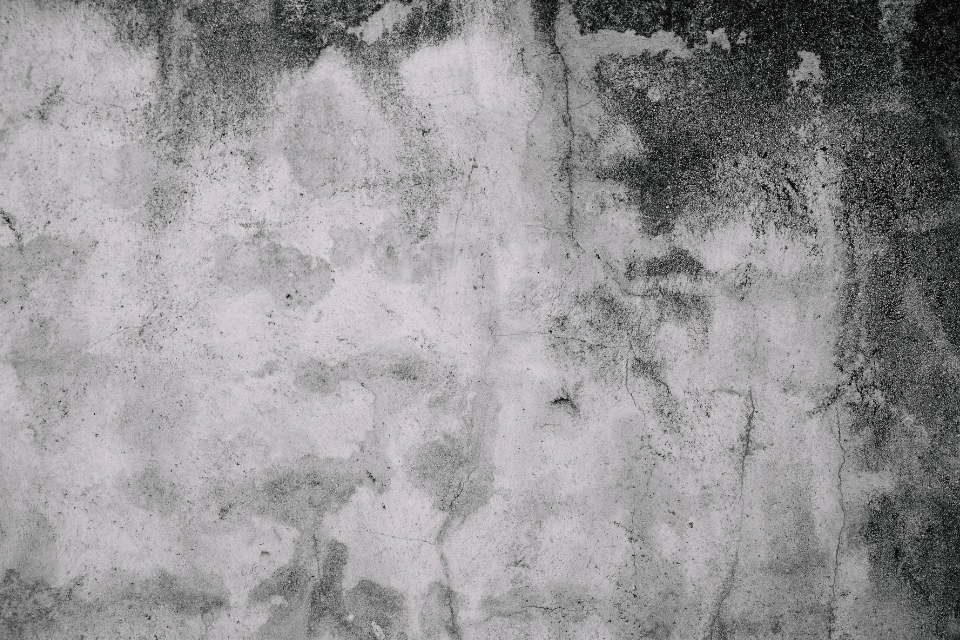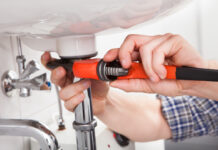In the aftermath of extensive water damage to the inside of a home or other property, mold remediation is a process that usually follows after to deal with the onset of mold contamination. The procedure consists of a Certified Mold Remediation Specialist that carries out the disposal of moldy porous materials like drywall, insulation, and other objects. The cleaning and disinfecting of carpets, flooring, and other surfaces are also included in the mold remediation process with the end goal being to prevent and eliminate the spread of mold.
Even 48 hours after the water damage took place, there is still a small percentage for mold growth to continue to spread. But that is why mold remediation professionals are equipped with the most effective tools and chemical agents to combat active mold growth. Furthermore, that is why it’s highly recommended to have an in-depth mold remediation service so your home or other property can be free of harmful mold growth. Before the mold remediation process is complete, the service consists of various stages ranging from a routine inspection to the actual removal and decontamination of the mold growth, and it’s essential to keep these steps in mind just in case you are thinking of hiring a professional mold remediation specialist.
Inspection and Testing
The mold remediation team utilizes specialized moisture meters and other devices to determine the extent of water damage inside a property. Indoor air and surface samples are taken to detect mold spores (which is an indicator of active contamination). When mold growth is confirmed, the mold remediation specialists can then estimate the degree of contamination and determine what type of mold it is.
Physical Containment
Contamination is very certain if the growth of the mold was caused by water damage, and mold removal technicians know this very well. Therefore, they are on-site to prevent the spread of toxic spores by isolating areas where the mold growth is occurring, in addition to establishing negative air pressure zones to prevent spores from spreading into uncontaminated areas.
Advanced Filtration and Humidity Control
Mold spores are often airborne; therefore, advanced filtration removes the microscopic spores to decrease and eliminate the likelihood of further contamination. Industrial-grade dehumidifiers are also used throughout the process inside water-damaged homes with high concentrations of humidity.
Removal and Replacement
All mold growth is physically removed from the property, and all affected surfaces are sterilized with biocides that the EPA approves. In cases where the mold growth has severely damaged objects and materials such as drywall and carpets, these materials are removed and replaced with new ones.
Examination
Throughout the process, samples are taken of airborne spores to track mold removal progress and verify that industry standards and procedures are met. Afterward, a follow-up air sampling is performed after a specific period of time to demonstrate how safe it is.
Receiving The Final Report
After the mold removal specialists complete the whole mold remediation process, a final report is given to the property owner. The report will state any areas that still may contain moisture or mold growth, including air quality test samples. Each room of the home or building is then given a pass or fail mark with recommendations for further remediation if deemed necessary.



















